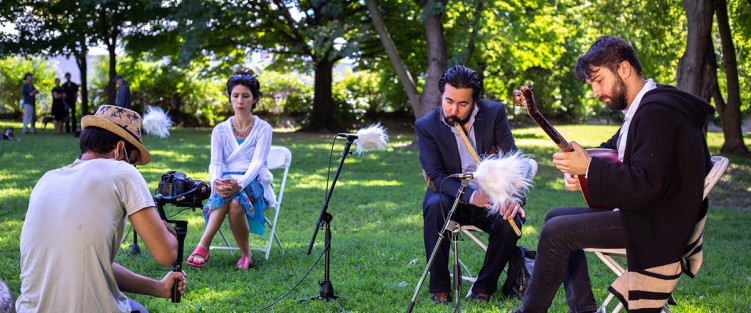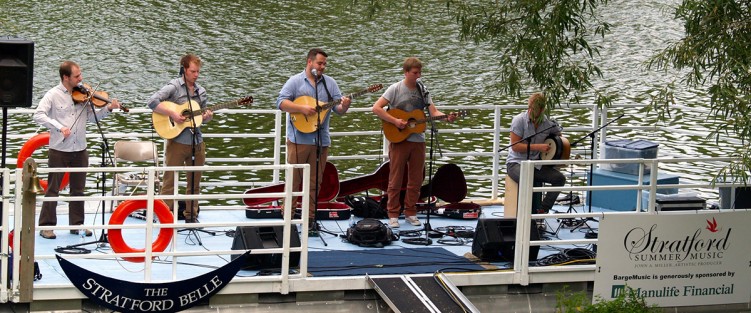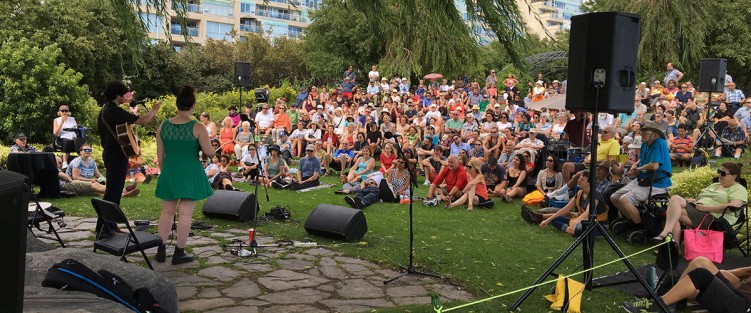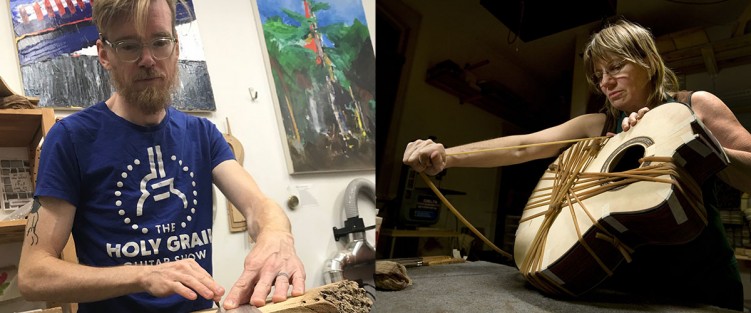Existential dread as the music threatens to go public again
 At uneasy moments, I often look to nature and the human imprint in it, in a search for equanimity. In 11 years with The WholeNote, I have repeatedly begun my musings with a description of the view from my window of the busy midtown Toronto park across the street.
At uneasy moments, I often look to nature and the human imprint in it, in a search for equanimity. In 11 years with The WholeNote, I have repeatedly begun my musings with a description of the view from my window of the busy midtown Toronto park across the street.
As I sipped my coffee this sunny morning, a coach’s shrill whistle and shouts grabbed my attention. It gladdened my heart to see the little league taking over the baseball diamond for the first time in a year. The sand infield was prepped well over a month ago, but today is as early as the provincial pandemic “Three Steps to Reopening” rules allow for organized activity. The groomed green outfield highlights the kids’ yellow jerseys and white knickers as they warm up. And just beyond, behind the tall chain link fence, the community tennis courts are full once more with bouncing singles and doubles.
I’ve been dragging my heels all week trying to get my head around a story about what the Ontario live public music scene for the balance of this summer might look like. I’ve done my research. But stepping back from the data I’ve gathered, one unanswered question keeps getting in the way: despite what has been planned, what will actually get to happen? It’s an uneasy feeling.






